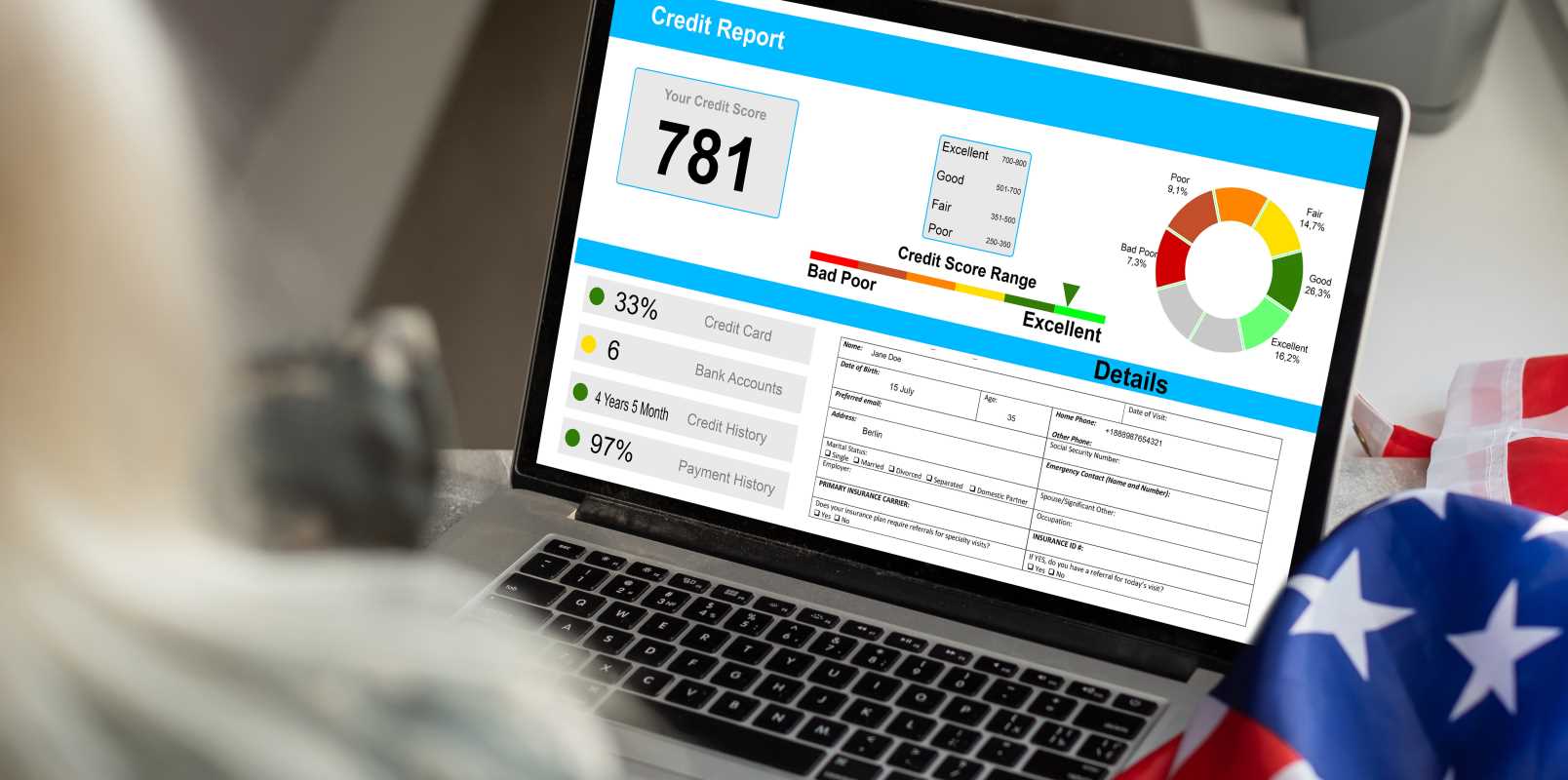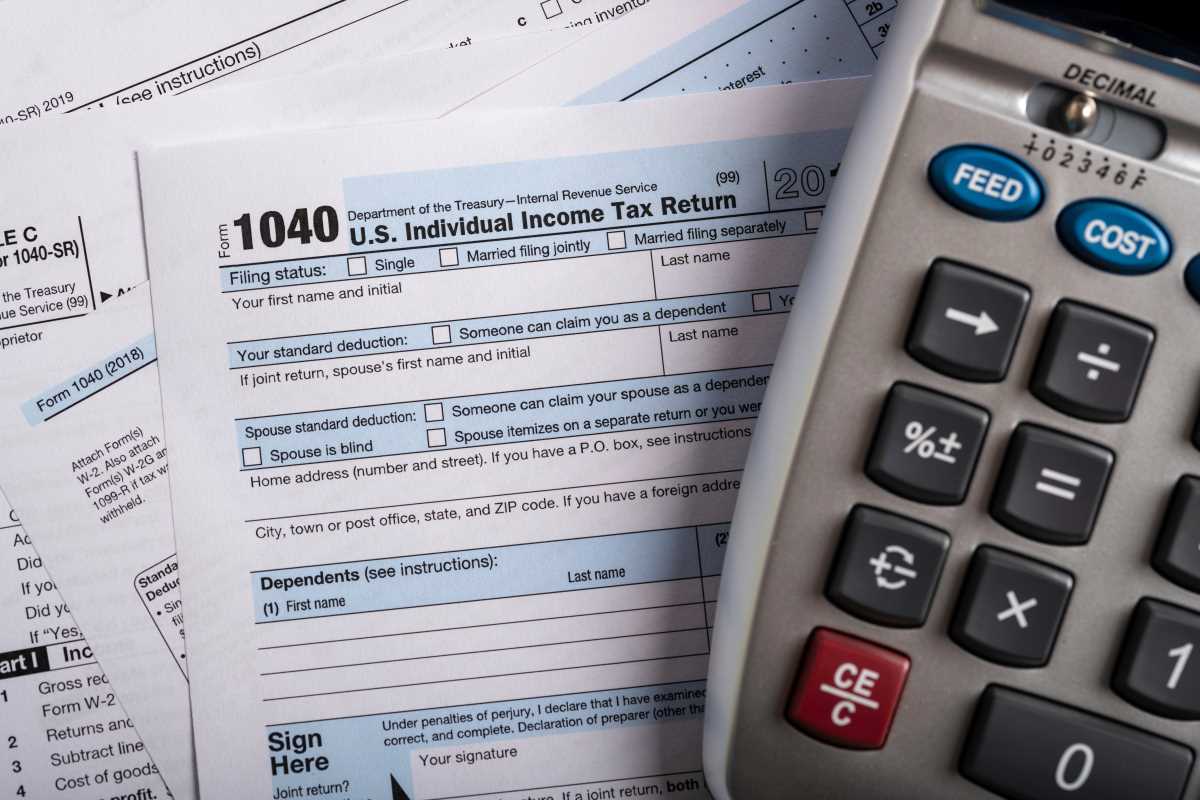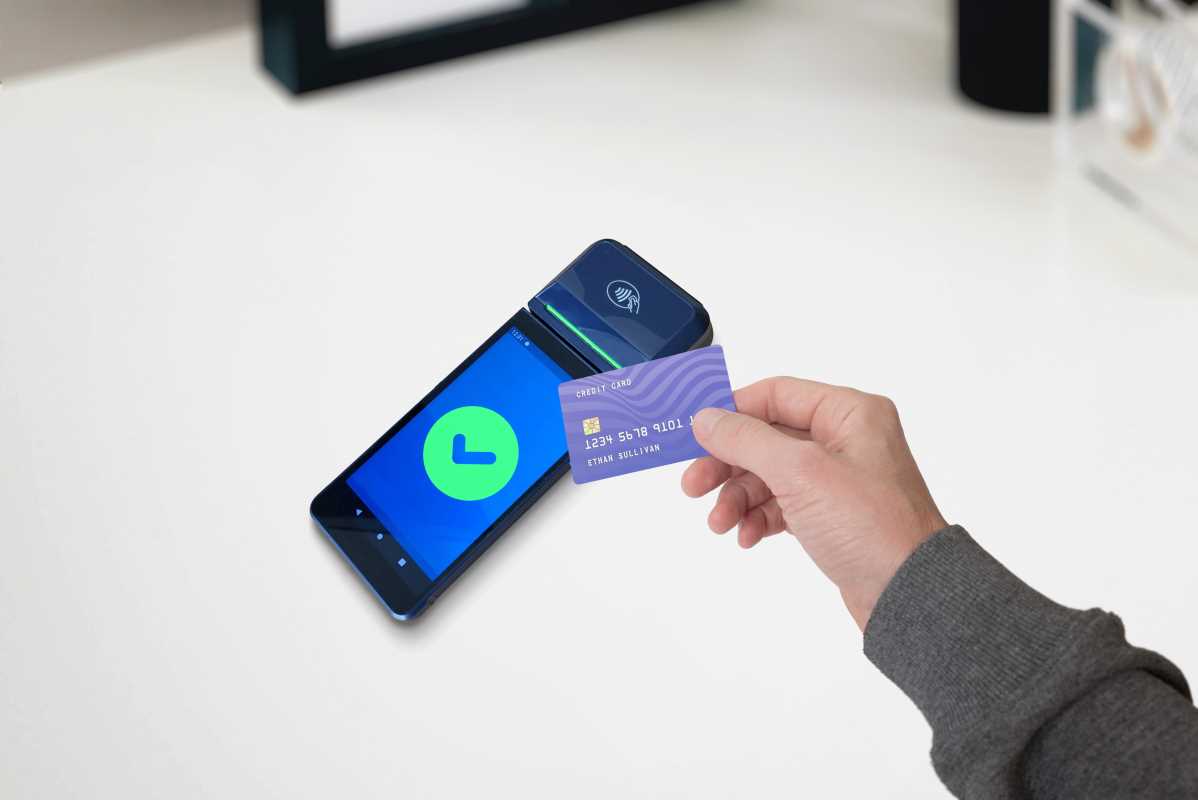Living on a limited paycheck often means watching each dollar closely, making sure essentials like rent and groceries always come first. Setting aside money for unexpected expenses might seem impossible at first, but building an emergency fund is more about practical solutions than wishful thinking. Small changes in daily habits can add up, even when finances are tight. Creating this financial cushion is less about strict math and more about finding smart ways to prepare for life’s surprises. Exploring the real reasons behind an emergency fund reveals that it’s a tool for peace of mind, not just a financial goal.
Hidden Drivers That Make You Save When Money Feels Scarce
Most advice repeats the same old “cut your lattes” line. But the real fuel for consistent saving comes from reshaping the small, daily triggers that push you to hit “withdraw.” By experimenting with tiny habit shifts and environmental tweaks, you turn impulse spending into deliberate, low-effort saving. Below are two angles to kickstart that shift.
First, swap out a smartphone notification that reminds you to check social feeds with an alert nudging you to review a one-line progress chart: did I add a few dollars to my backup fund today? Second, treat micro-deposits as a game: every coffee you skip earns you points toward a free streaming month instead of points toward overspending. Both moves sidestep willpower alone and tap into playful, habit-driven psychology.
What Surprising Patterns Power Long-Term Buckets of Cash
Changing your mindset from “I can’t afford to save” to “I decide where my money goes” breaks a mental logjam. That attitude springs from noticing four patterns that successful savers share:
- A rhythm of small, automatic transfers that feels invisible. When you move money before you see it, you barely miss it at all.
- A visual tracker that inflates in color or size. Seeing a growing chart has more pull than an abstract number on a screen.
- An accountability ritual: a weekly text to a friend or a quick diary entry that celebrates even tiny milestones.
- A playful penalty system: miss your weekly micro-deposit, and you owe yourself a small chore or creative challenge.
All these steps prepare you for consistent action without relying on future pep talks. They work quietly behind the scenes until your balance starts to look sturdier than your jitters over unexpected bills.
Hands-On Tactics to Grow Your Fund Month by Month
Automated Micro-Deposit
- Purpose: Remove decision fatigue by making saving invisible.
- Usage Steps:
- In your checking app, schedule a recurring transfer of $5–$20 each payday.
- Set it to trigger right after direct deposit, so it never lingers in your balance.
- Review monthly and adjust as income shifts.
- Cost/Metric: Zero fees with bank tools; target 2–5% of each paycheck.
- Insider Tip: Time transfers for one hour after major bills (like rent) to prevent overdrafts.
Round-Up Saver
- Purpose: Turn everyday purchases into steady savings.
- Usage Steps:
- Link your debit card to a round-up program or app.
- Each transaction rounds up to the nearest dollar and moves the change into savings.
- Check progress weekly—watching micro-deposits grow is motivating.
- Cost/Metric: Free or <$1 per month; expect $10–$50 monthly based on spending.
- Insider Tip: Add a $10 “boost” on payday for faster growth.
Subscription Swap-Out
- Purpose: Convert forgotten fees into fresh savings.
- Usage Steps:
- Audit streaming, apps, and memberships.
- Cancel at least one service and redirect that cost into savings.
- Automate deposits to match canceled fees.
- Cost/Metric: One subscription = $10–$15 monthly; cancel two to add $20–$30.
- Insider Tip: Recheck quarterly—what was “essential” often isn’t anymore.
Cash Envelope Pop-Up
- Purpose: Build a visible “shock absorber” for extras.
- Usage Steps:
- Label envelopes “Dining Out,” “Weekend Fun,” and “Buffer.”
- Withdraw cash weekly (e.g., $100 for fun, $20 for Buffer).
- Move Buffer into savings once it hits $100.
- Cost/Metric: Fits within weekly budget; adds ~$80 per month to savings.
- Insider Tip: Keep the Buffer envelope separate so it doesn’t blend into spending.
DIY Bill-Split Tracker
- Purpose: Keep shared costs from draining your emergency fund.
- Usage Steps:
- Use a simple spreadsheet or free app to log shared expenses.
- Enter each cost and owed share within 48 hours.
- Reconcile monthly, and redirect any overpayments into savings.
- Cost/Metric: Free; can recover $10–$30 monthly.
- Insider Tip: Treat extra recovered balances as a “savings jackpot” for extra motivation.
Common Roadblocks That Steal Your Progress (And How to Dodge Them)
Skipping deposits when cash feels tight feels natural. You can sidestep that by establishing non-negotiable rules. For instance, treat your auto-transfer as a recurring subscription: if it fails, your bank notifies you, and you’re forced to make it right immediately. Another trick involves naming your backup account something playful—like “Rainy Day Taco Fund”—making skipping a feel-bad move rather than a shrug.
Unexpected expenses will pop up: a car repair, a medical copay, a last-minute flight. When that happens, avoid full raids on your emergency stash by keeping a smaller, separate “quick-fix” buffer for one-off costs. That way, your main fund stays intact and ready for true crises.
Level-Up Moves When You’ve Saved Your First $1,000
Reaching the four-figure mark opens up new opportunities. Consider splitting future additions between a high-yield savings account and a low-fee money market fund, so you earn slightly higher returns without sacrificing liquidity. You can also connect your fund growth to a small charitable gift: for every extra $50 you stash, donate $2. That mix of generosity and saving keeps motivation high.
Another idea: organize a peer challenge. Pool small amounts with friends in similar situations and agree to meet quarterly. If someone uses the group pot for an emergency, the group votes on deducting a tiny fee that returns to everyone’s individual accounts. It’s a community-based approach that encourages accountability.
With these techniques, you can turn saving into a creative process and build real financial breathing room. Keep experimenting, and your buffer will become a practical resource when unexpected expenses arise.
 (Image via
(Image via





